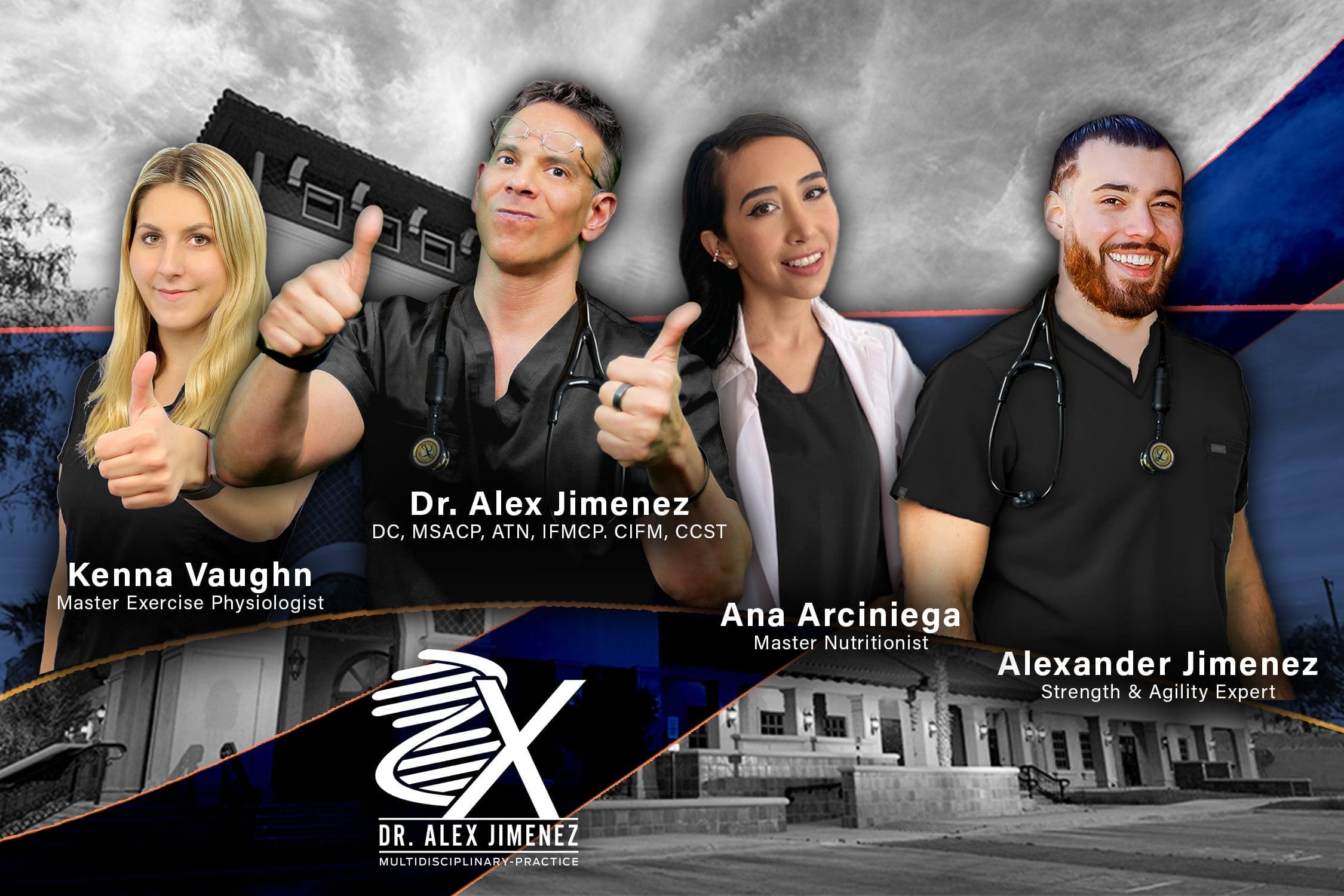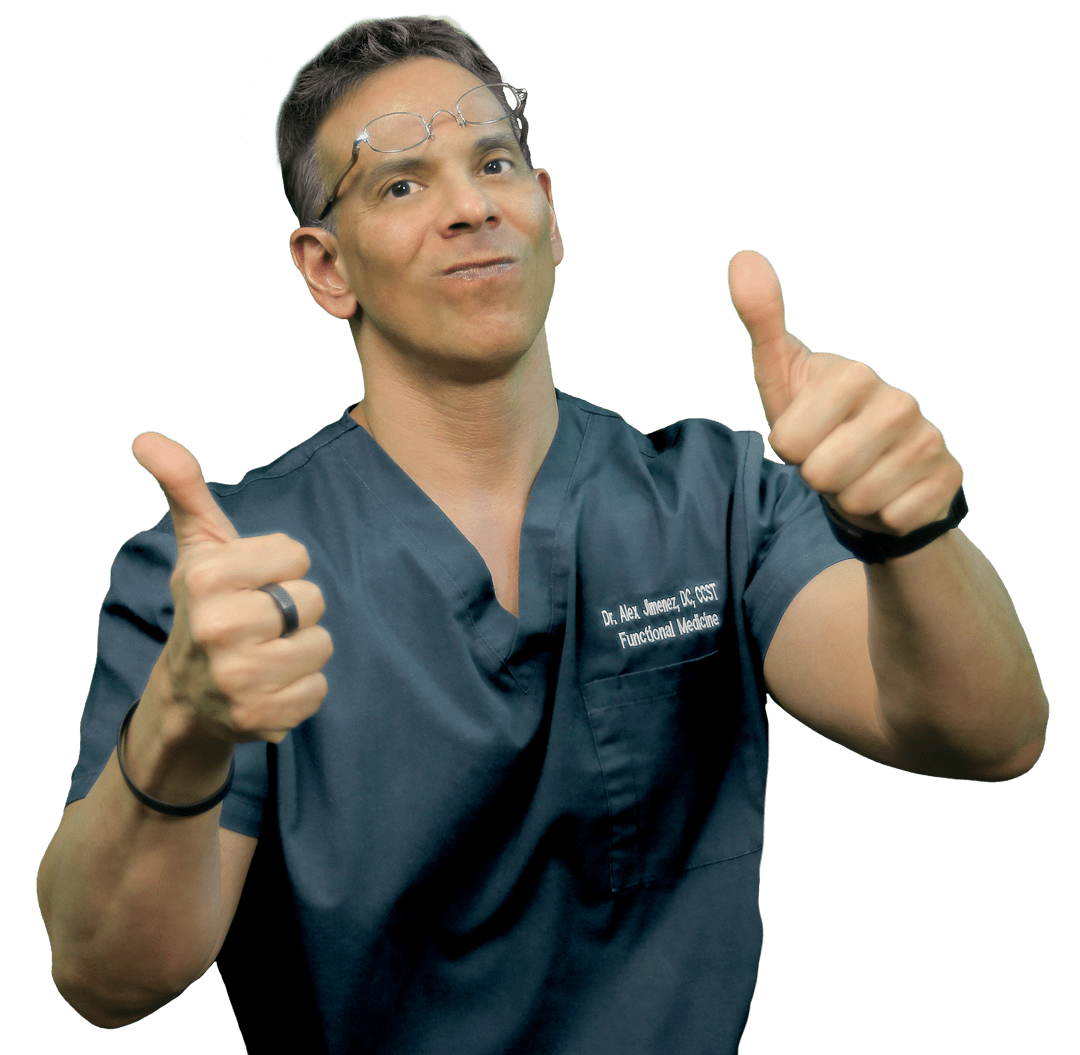Table of Contents
The Science of Nerve Injury Recovery After Car Accidents: A Biomechanical and Integrative Chiropractic Perspective

Motor vehicle accidents (MVAs) are a leading cause of musculoskeletal and neurological trauma. Among the most debilitating injuries are those affecting the nervous system—including peripheral nerve damage, radiculopathy, and in severe cases, spinal cord trauma. These injuries often go unnoticed at first, only to emerge as chronic pain, motor dysfunction, or sensory loss days or weeks later.
At ChiropracticScientist.com, we explore the evidence-based connection between biomechanics, neurophysiology, and integrative recovery approaches that include chiropractic science, advanced imaging, and dual-scope care. In this article, we break down the types of nerve injuries caused by MVAs and how biomechanical assessment, chiropractic interventions, and collaborative care can accelerate healing and restore function.
Section One: Understanding the Biomechanics of Nerve Trauma in MVAs
Car accidents involve rapid deceleration forces that the human body is not built to absorb. The kinetic energy transfer causes shear forces on soft tissues, ligaments, intervertebral discs, and spinal nerve roots. These shearing and compressive loads are responsible for a range of nerve injuries:
- Whiplash-induced traction on cervical nerves
- Axial compression of intervertebral discs causes nerve root impingement
- Hyperflexion and hyperextension injuries damaging the brachial plexus or lumbosacral plexus
- Direct impact trauma resulting in contusions to peripheral nerves
From a biomechanical lens, these injuries often follow a kinetic chain reaction. For instance, a rear-end collision may initially shift the pelvis, destabilize the lumbar vertebrae, and result in compensatory strain at the cervical spine, affecting nerve integrity at multiple levels.
This is where advanced biomechanical assessment tools—including motion palpation, digital posture analysis, and myotomal testing—can uncover the hidden causes of post-MVA nerve symptoms (Bailey & Greer, n.d.).
Section Two: The Pathophysiology of Nerve Injury Post-MVA
Nerve tissue is highly specialized and vulnerable to mechanical stress. When stretched, compressed, or lacerated, a nerve can undergo:
- Neuropraxia (temporary block from mild trauma)
- Axonotmesis (axon damage with preserved connective tissue)
- Neurotmesis (complete nerve rupture)
Car accidents often cause mixed pathologies, where inflammation, ischemia, and biomechanical dysfunction coexist. This leads to:
- Aberrant nerve signaling
- Chronic inflammation from damaged Schwann cells
- Wallerian degeneration in severe cases
Compression of spinal nerve roots (radiculopathy) is particularly common. Herniated discs or facet joint inflammation can reduce the foraminal space, pinching exiting nerves and triggering dermatomal pain patterns (Hoffmann Personal Injury, n.d.).
Section Three: Evidence-Based Diagnostic Tools for Identifying Nerve Damage
Accurate diagnosis is essential in both clinical care and medico-legal documentation. Chiropractors trained in functional neurology and orthopedics often use:
- MRI to visualize disc pathology, edema, and nerve root impingement
- EMG/NCV studies to assess nerve conduction velocity
- Surface EMG and digital thermography to track autonomic dysfunction
- Digital postural scanning to detect asymmetries caused by nerve deficits
Dual-scope providers like Dr. Alexander Jimenez, DC, APRN, FNP-BC, combine these imaging tools with physical exam protocols, including:
- Dermatome mapping
- Reflex testing
- Muscle strength grading (Oxford scale)
Dr. Jimenez’s expertise in both chiropractic biomechanics and advanced nurse practitioner diagnostics allows for a multidimensional view of the patient’s condition, correlating structural findings with neurologic deficits.
Section Four: Chiropractic Neurology and Functional Recovery
Chiropractic care plays a crucial role in the functional recovery of nerve injuries following a motor vehicle accident (MVA). Through precise spinal adjustments, mobilization, and neuromuscular reeducation, chiropractors can restore afferent and efferent nerve communication that is disrupted by trauma.
Evidence supports the following chiropractic interventions:
- Spinal decompression therapy for lumbar and cervical radiculopathy
- Cervical adjustments that relieve tension on the brachial plexus
- Instrument-assisted soft tissue mobilization (IASTM) to break up scar tissue affecting nerve mobility
- Proprioceptive training and balance work to retrain injured neural pathways
Scientific literature also supports the role of neuroplasticity—the nervous system’s ability to adapt—which chiropractic and rehabilitative exercises can stimulate (McGowan, Hood & Felder, 2025).
Section Five: Dual-Scope Clinical Leadership—Dr. Alexander Jimenez’s Model
One of the most innovative approaches to post-accident care comes from Dr. Alexander Jimenez of El Paso, who embodies the dual-scope model as both a licensed chiropractor and a board-certified nurse practitioner.
His patient-centered framework integrates:
- Chiropractic biomechanical corrections
- Medical-grade diagnostics and referrals
- Integrative protocols including acupuncture, anti-inflammatory nutrition, and neuro-metabolic support
- Medico-legal documentation that supports personal injury and insurance claims
Dr. Jimenez also utilizes advanced imaging and functional movement analysis, integrating chiropractic science with conventional neurology to identify injury patterns and refine treatment strategies.
Section Six: Integrative Strategies—Acupuncture, Nutrition, and Nerve Support
Alongside spinal correction, acupuncture is a proven adjunctive treatment for nerve injuries. Studies have shown that it improves endorphin release, modulates nerve conduction, and reduces inflammatory markers.
Nutritional strategies used in integrative care for nerve recovery include:
- Vitamin B12 and B6 for nerve myelination
- Alpha-lipoic acid to reduce oxidative stress
- Curcumin and omega-3s to decrease systemic inflammation
- Magnesium to ease neuromuscular tension
ChiropracticScientist.com recommends a whole-body recovery approach, combining:
- Adjustments
- Active release therapy
- Nutraceuticals
- Acupuncture
- Guided rehabilitation
This synergistic model enhances neural regeneration and reduces the risk of long-term disability (Wexner Medical, n.d.).
Section Seven: Legal-Medical Integration for Personal Injury Cases
Accurate documentation is a critical component of post-MVA care. Chiropractors involved in personal injury must produce:
- ICD-10 coding tied to validated diagnostic findings
- SOAP notes that include pain mapping, objective tests, and prognosis
- Narrative reports that explain the biomechanical mechanism of injury
- Functional limitations assessments for impairment ratings
Dr. Jimenez and other dual-scope providers ensure this process is seamlessly tied to legal standards, providing clarity to attorneys and insurance adjusters. His reports bridge the gap between clinical facts and legal evidence, enhancing the validity of the patient’s case.
Section Eight: Recovery Timelines and Long-Term Prognosis
While nerve tissue regenerates slowly (approximately 1 mm per day), early intervention can significantly shorten the healing timeline. Patients who begin chiropractic and integrative therapy within weeks of the injury typically experience:
- Reduced risk of chronic neuropathic pain
- Improved functional outcomes
- Fewer relapses due to biomechanical instability
- Less reliance on opioids or invasive procedures
Dr. Jimenez designs long-term maintenance programs that include periodic spinal evaluations, nutritional support, and ongoing mobility training. This ensures patients not only recover—but thrive.
Conclusion: The Science and Future of Post-MVA Nerve Recovery
Modern chiropractic science is evolving—shifting from pain relief alone to integrated neurological restoration. With dual-scope care, enhanced imaging, and a commitment to evidence-based recovery, patients suffering from nerve damage after car accidents now have access to powerful, science-backed solutions.
The future of post-MVA recovery is one where chiropractic science, medical diagnostics, and integrative health come together—to not only treat the injury but also restore the human potential behind it.
? References:
Bailey & Greer. (n.d.). Most likely types of nerve damage from car accidents. Bailey & Greer, PLLC. www.baileygreer.com/little-rock/blog/most-likely-types-of-nerve-damage-from-car-accidents/
Hoffmann Personal Injury. (n.d.). 4 types of nerve injuries you may suffer in a car accident. Law Office of James M. Hoffmann. www.hoffmannpersonalinjury.com/4-types-of-nerve-injuries-you-may-suffer-in-a-car-accident/
McGowan, Hood & Felder. (2025, March 10). What to know about nerve damage from car accidents. McGowan, Hood & Felder, LLC. www.mcgowanhood.com/2025/03/10/what-to-know-about-nerve-damage-from-car-accidents/
Wexner Medical Center. (n.d.). Nerve damage in the hand and upper extremity. The Ohio State University Wexner Medical Center. wexnermedical.osu.edu/orthopedics/hand-and-upper-extremity/nerve-damage
Post Disclaimer
Professional Scope of Practice *
The information herein on "Advanced Chiropractic Diagnostics El Paso for Injuries" is not intended to replace a one-on-one relationship with a qualified health care professional or licensed physician and is not medical advice. We encourage you to make healthcare decisions based on your research and partnership with a qualified healthcare professional.
Blog Information & Scope Discussions
Welcome to El Paso's Chiropractic Scientist wellness blog, where Dr. Alex Jimenez, DC, FNP-C, a board-certified Family Practice Nurse Practitioner (FNP-C) and Chiropractor (DC), presents insights on how our team is dedicated to holistic healing and personalized care. Our practice aligns with evidence-based treatment protocols inspired by integrative medicine principles, similar to those found on dralexjimenez.com, focusing on restoring health naturally for patients of all ages.
Our areas of chiropractic practice include Wellness & Nutrition, Chronic Pain, Personal Injury, Auto Accident Care, Work Injuries, Back Injury, Low Back Pain, Neck Pain, Migraine Headaches, Sports Injuries, Severe Sciatica, Scoliosis, Complex Herniated Discs, Fibromyalgia, Chronic Pain, Complex Injuries, Stress Management, Functional Medicine Treatments, and in-scope care protocols.
Our information scope is limited to chiropractic, musculoskeletal, physical medicine, wellness, contributing etiological viscerosomatic disturbances within clinical presentations, associated somato-visceral reflex clinical dynamics, subluxation complexes, sensitive health issues, and functional medicine articles, topics, and discussions.
We provide and present clinical collaboration with specialists from various disciplines. Each specialist is governed by their professional scope of practice and their jurisdiction of licensure. We use functional health & wellness protocols to treat and support care for the injuries or disorders of the musculoskeletal system.
Our videos, posts, topics, subjects, and insights cover clinical matters, issues, and topics that relate to and directly or indirectly support our clinical scope of practice.*
Our office has reasonably attempted to provide supportive citations and has identified the relevant research studies or studies supporting our posts. We provide copies of supporting research studies available to regulatory boards and the public upon request.
We understand that we cover matters that require an additional explanation of how they may assist in a particular care plan or treatment protocol; therefore, to discuss the subject matter above further, please feel free to ask Dr. Alex Jimenez, DC, APRN, FNP-BC, or contact us at 915-850-0900.
We are here to help you and your family.
Blessings
Dr. Alex Jimenez DC, MSACP, APRN, FNP-BC*, CCST, IFMCP, CFMP, ATN
email: coach@elpasofunctionalmedicine.com
Licensed as a Doctor of Chiropractic (DC) in Texas & New Mexico*
Texas DC License # TX5807
New Mexico DC License # NM-DC2182
Licensed as a Registered Nurse (RN*) in Texas & Multistate
Texas RN License # 1191402
ANCC FNP-BC: Board Certified Nurse Practitioner*
Compact Status: Multi-State License: Authorized to Practice in 40 States*
Graduate with Honors: ICHS: MSN-FNP (Family Nurse Practitioner Program)
Degree Granted. Master's in Family Practice MSN Diploma (Cum Laude)
Dr. Alex Jimenez, DC, APRN, FNP-BC*, CFMP, IFMCP, ATN, CCST
My Digital Business Card





 Again, We Welcome You.
Again, We Welcome You.
Comments are closed.